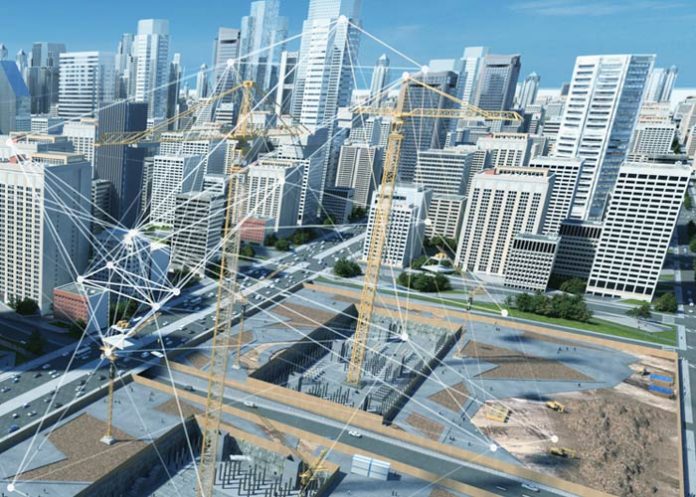The secret is out: it is likely to go into construction. Five times more than any other operator, production workers are killed on the job; on average, 14 workers die every day at work.
Also, the death rate of one in four has increased by 34 percent over the past decade, making it more urgent for site supervisors and employees to find ways to prevent accidents and accidents in the workplace. To reduce workplace accidents, AI solutions provide construction administrators with greater control over their work locations.
AI helps to keep employees safe in three cases:
1) Better visibility to avoid surprises
Improved visibility is necessary to improve on-site security. Surprise injuries, such as falls, are responsible for approximately 40% of the build. There is no way to program, to eliminate the risk of falling on the site of a building entirely, but improving on-site clarity and experience with AI software can help reduce these surprises.
Artificial intelligence-supported cameras provide real-time footage, collecting and analyzing all inbound job information. From elements to media to operators, everything on the job site is accounted for in real-time. This information gathered by AI gives construction managers insight into locations that anticipate anything that might be dangerous through interactive dashboards and enables them to make better choices about worker safety is.
Construction supervisors can be proactive when people walk, keeping in mind their planning, training and instruction to better understand their safety.
People were matched against AI software in the 2016 picture competition to review picture presentations for potential job-site security threats. All 1,080 images were processed by AI in less than five minutes, while human experts took more than five hours to complete a single task.
2) AI can simplify duties before the start of the job
Due to the number of factors engaged, construction sites are particularly dangerous. One way to mitigate the hazards of the building site is to reduce as much of the site as possible – or to relocate the building site ultimately. A mixture of AI and machine can create prefabricated construction that enables construction components to be constructed in a controlled plant and then transferred to a construction site. This method monitors the desired risks to the site of a traditional building and makes it the most dangerous duty without risking personal injury.
Building executives can guarantee possibly the safest building sites for AI and prefabricated architecture. Security improvements have led many to believe that modular buildings will increase 6 percent by 2022.
3) Increased accountability and transparency
This implementation at the manufacturing site of AI-supported machinery holds each stakeholder accountable in unique ways. Missing documents, analysis of information and errors with AI to remove such misconceptions are not acceptable excuses. To monitor the AI software and to examine every piece of inside information in real-time around the clock, all stakeholders are organized amid any advancements or failures. Also, all stakeholders can see why there are issues and why employees are injured.
In holding site managers accountable for the achievement of their work locations, this level of workplace transparency goes much further. With all stakeholders looking at the site, construction managers need to go beyond and beyond, keeping employees safe.




